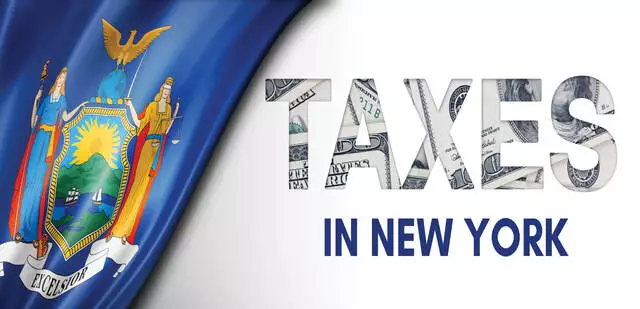
Loyal Readers: There are no cases on which to report this week, but it looks like I missed an ALJ Determination decided November 17 when I prepared last week’s report. It is summarized below.
But first: This week I participated in a DTA Hearing at 55 Hanson Place in Brooklyn, which was a homecoming of sorts for me. Back in the day, one of my very first conciliation conferences was held at 55 Hanson Place. This was in the late 1980s or early 1990s, and the neighborhood has changed considerably for the better since then. I recall needing to walk a half-mile after my Conciliation Conference to find a street with enough traffic to be able to hail a cab. Now the neighborhood has the Atlantic Center Mall, the Barclay Center, lots of foot traffic, and a great vibe.
A few thoughts based on my experience this week at the hearing:
- There is stuff that goes on at an in-person hearing that never makes its way into the determination. TiNY’s readers should keep that in mind when reading our write-ups. When something looks strange in a determination, it may be the result of something that happened at the hearing that just didn’t translate into one of the Findings of Fact.
- During our adjournments, some of the casual conversations between the judge and counsel for the parties indicated to me that pro se litigants are treated differently than petitioners that are represented by professionals. As easy as it would be to take the position that all litigants should be treated equally, it makes all sorts of sense to me that pro se litigants should be given a little more latitude and hand-holding by both the judge and the Division’s counsel. If I were in charge of the DTA, I might ask the Tax Section of the NYS Bar Association to draft a plain-language three-pager entitled “Representing Yourself at the Division of Tax Appeals,” so pro se litigants had a better understanding of what to expect and how they should approach the process. After review and edit by the DTA, the report could be placed on the DTA’s website. I think this would save everyone time and aggravation.
- There has to be a better way of dealing with documents during the hearing process. In this age, I think that the documents the parties know will be introduced should be put into a digital document room and pre-marked by counsel so boxes of paper don’t need to be hauled into and out of the hearing venue. Maybe there needs to be one set of paper documents at the hearing to show to witnesses, but there is no reason that the judges and lawyers need to schlepp boxes of documents around when even dinosaurs like me can call them up on their laptop computers.
Along the same lines, stipulating to the entry of the jurisdictional documents would save some time at the hearing, reduce duplication of documents, etc.
Handling physical documents is pretty easy when you can park your car 200 yards away from the hearing venue (e.g. in Albany). But when judges, litigants, their representatives and witnesses are in New York City for a hearing and are using public transportation to get around, digitizing everything makes a lot of sense. O.J.’s criminal trial was 27 years ago, and it had more and better in-court technology than we used yesterday.
And although we haven’t started to exchange briefs yet, it seems to me that a lot of the filings related to DTA cases could be shared digitally, too.
Enough of my whining.
ALJ Determination
Matter of Kane, Judge DiFiore, November 17, 2022; Div’s Reps. Michael Trajbar, Esq. and Christopher O’Brien, Esq.; Pet‘s Rep. pro se; Article 22. Petitioner filed his personal income tax return claiming the state earned income, city earned income, and Empire State child credits with respect to his daughter and step-daughter. Long story short: it appears that even though it looked like Petitioner was the primary source of economic support for his daughter and stepdaughter, neither was a “qualifying child” of Petitioner because he failed to prove that the children lived with him for more than half of the tax year. So, the earned income credit and the Empire State child credits were denied. There were other credits claimed on the return, and it looked like Petitioner failed to prove he was entitled to any of them.

